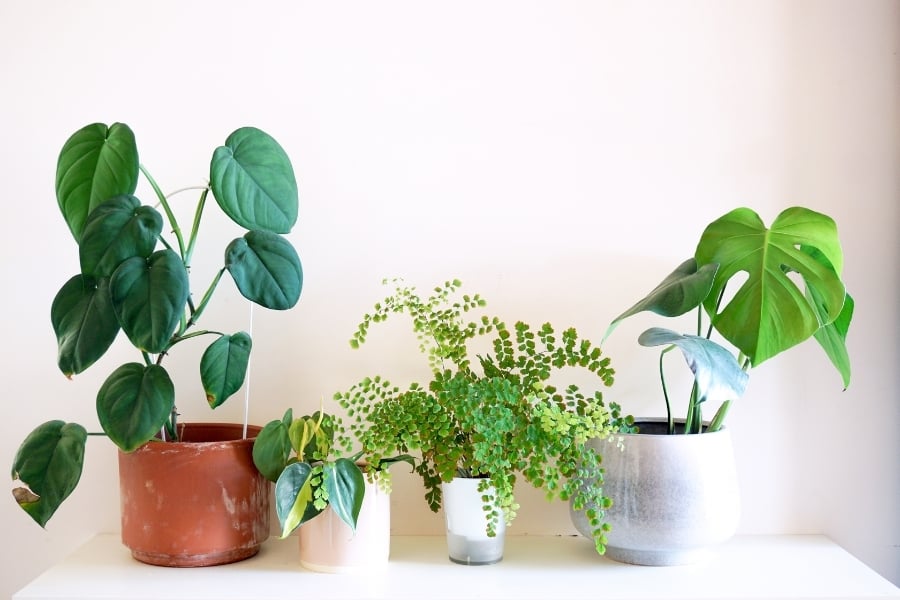At the risk of being partial, here at Planters Et Cetera we believe gardening in pots aligns with modern lifestyles like few other hobbies. A couple of lush plants in pretty pots easily trump any other adornments in terms of decorative beauty.
But container gardening is much more than just decoration. It allows us to re-establish our contact with nature, and studies show that it benefits our bodies and minds in a number of diverse ways.
On top of that, it is suitable for small spaces so that even a cramped, urban apartment can become your very own indoor garden.
So how do you get started? Which plants typically yield the best results when grown in planters? Don’t just leave it all to chance, read the following introduction to the best plants for your home and apartment to find out what works best to run an efficient container garden – whether it’s in your bathroom or on your windowsill!
Which type of plants are best for home?
While there will be no official statistics to back up this claim, the reason why many first-time plant owners fail to keep their babies alive is that we tend to make uninformed choices in terms of the plants we buy – and how we go about looking after them.
Buy a pretty but finicky plant on the spur of the moment and you may find your indoor gardening enthusiasm surprisingly short-lived, especially if you learn belatedly that the only way to keep the plant alive is with a demanding care routine.
This is where information comes in; ideally, you want to apply the benefits of knowledge right from the get-go so that you never get your green fingers burned in the first place.
Start small, preferably with a couple of low-maintenance, shade-loving perennials, and take it from there; read up on each and every plant you own and try to group them by requirements.
To make all the right choices and get off to a successful start, take a look at our checklist containing 12 practical tips for busy home gardeners.
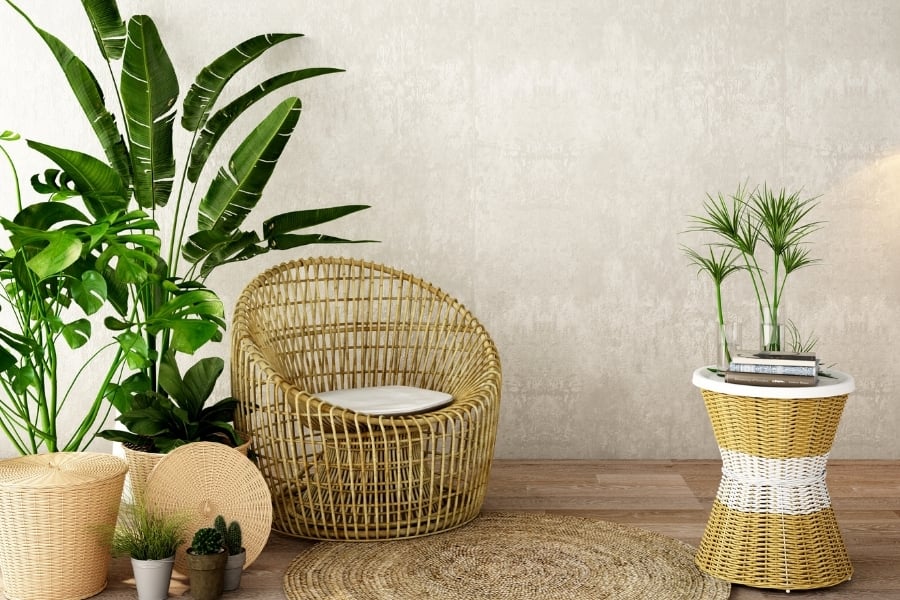
What are the best small indoor plants?
If the proof of the pudding is in the eating, as the old proverb says, then the proof of container gardening is obviously what’s inside your flower pot.
If you’re not sure whether all plants will flourish under the touch of your fingers, why don’t you just go with a few reliable, easy-care plants – for starters at least? There are many plants that enjoy a reputation for being surefire performers when grown in pots, and here are our favorites in this category.
1. ZZ Plant
Probably one of the hardest plants to kill inadvertently, the ZZ Plant stores water and is, therefore, able to survive even if you only water it once or twice a month. ZZ plant also does well in low light environments and it purifies the air, all the while also managing to look pretty.
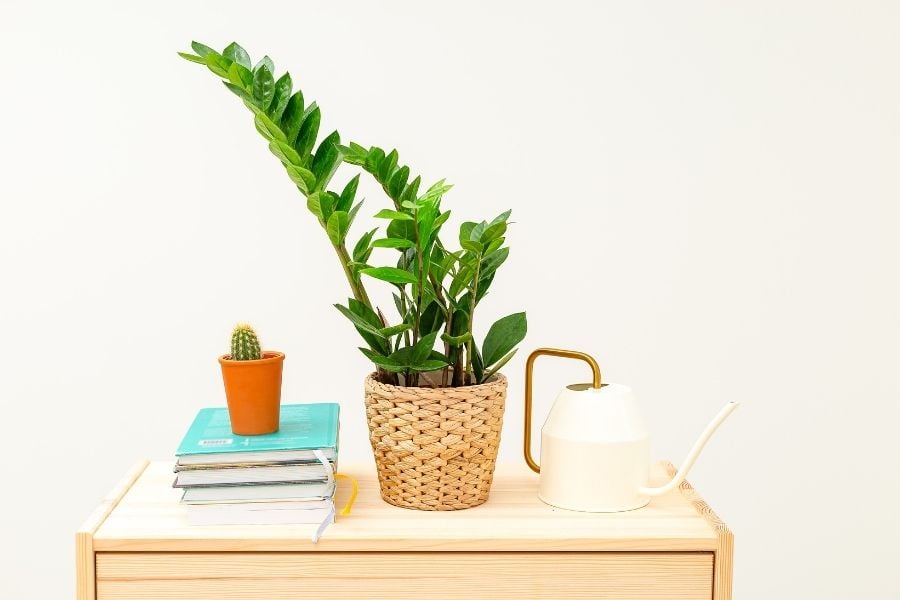
2. Snake Plant
They come in a huge range of looks and colors but each snake plant looks like a piece of modern art in its own right. Reminiscent of snakeskin in most varieties, snake plants thrive in many lighting conditions and is one of the most efficient air purifiers.
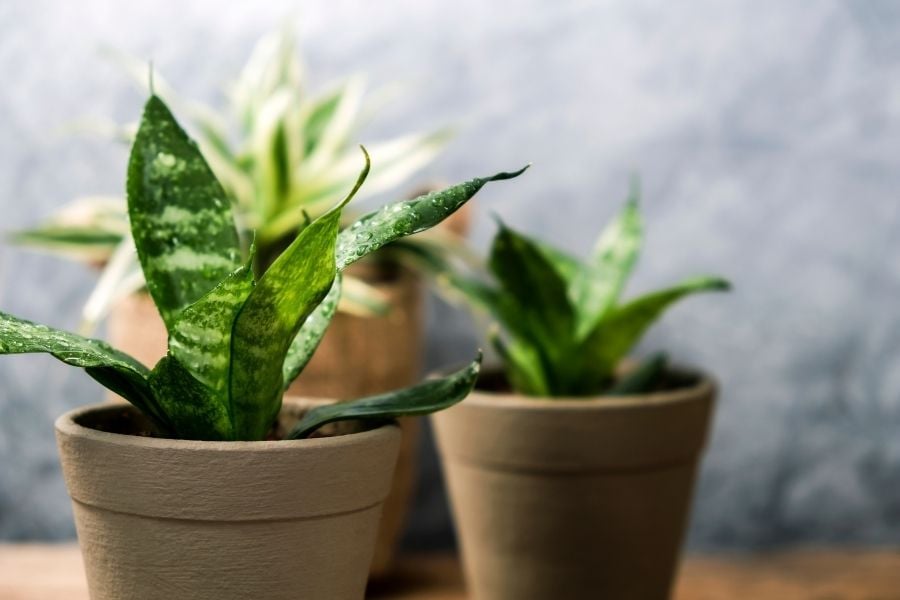
3. Golden Pothos
Another nightmare for plant serial killers, the Golden Pothos is a hardy hanging plant. Don’t be fooled by its unimposing dimensions – the pothos starts out small but its vines grow several feet long and can climb anything, even in limited light and with scant watering.
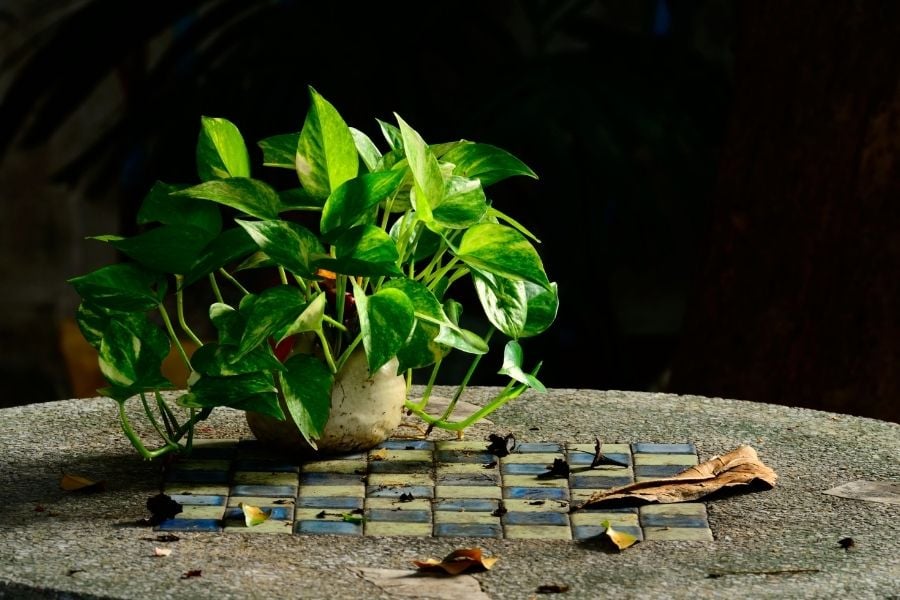
4. Aloe Vera Plant
A low-maintenance plant that is also a healer, its juice comes with anti-inflammatory and anti-bacterial properties. Put aloe vera plants somewhere sunny and you’re pretty much done caring for them – but while you ignore, aloe vera will happily continue to purify the air around you.
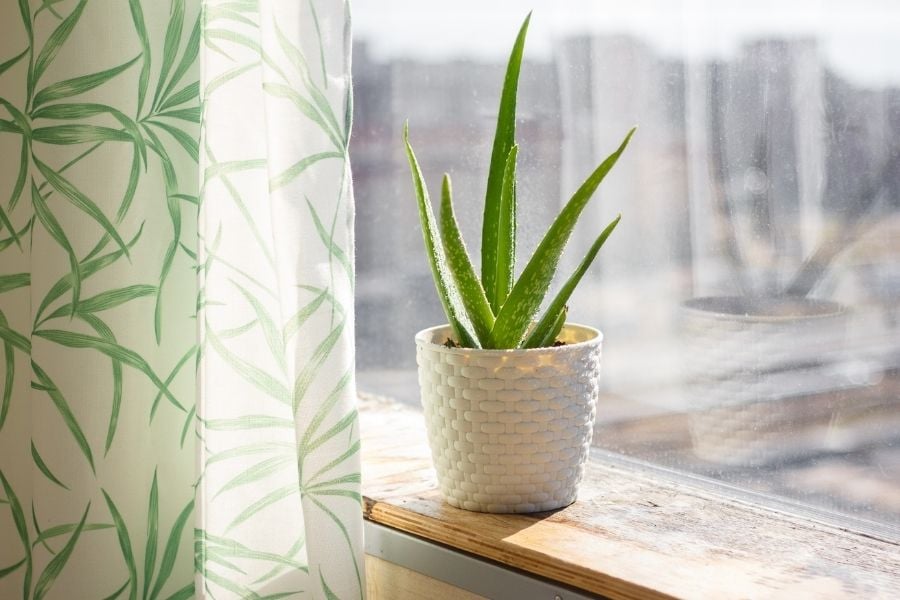
5. Dracaena
Another perfect plant for anyone with a busy lifestyle, the Dracaena group is diverse but the one thing in common is that they’re all easy to care for. The Dracaena adapts to changes in temperature better than most other indoor plants, needs little water and lasts for years in low light.
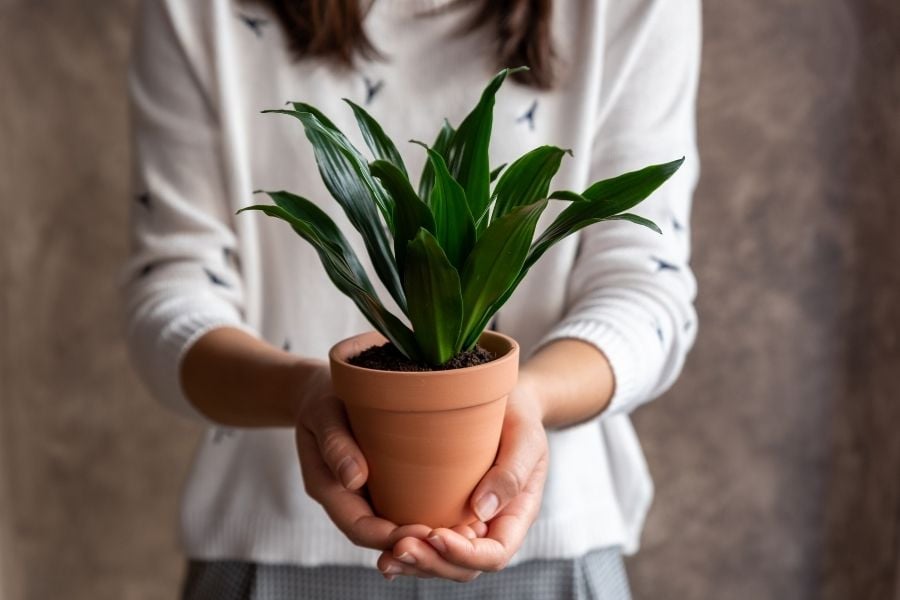
6. Chinese Money Plant
Considered one of the easiest indoor plants, the Guiana Chestnut a.k.a. Money Tree is a native to the tropics, and it just loves moist soil. That’s your main, if not only, responsibility with it – making sure it stands in water most of the time, in a planter with good drainage.
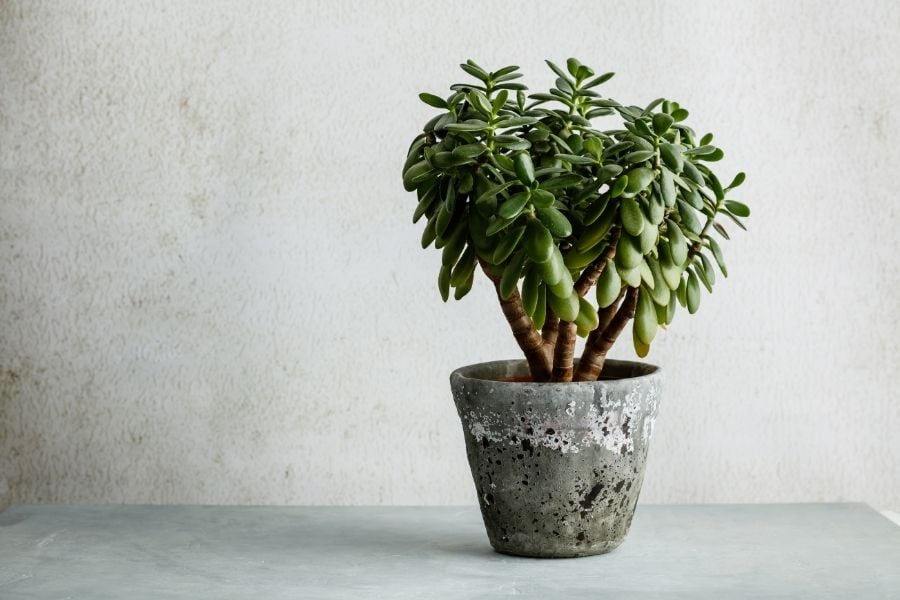
7. Rubber Plant
If, on the other hand, you tend to forget to water your plants, the Rubber Plant will likely become one of your favorites. Rather than plenty of water, the plant thrives on bright light but other than that the rubber tree is extremely tolerant to its owner’s poor memory. Here is our in-depth guide to rubber plants.
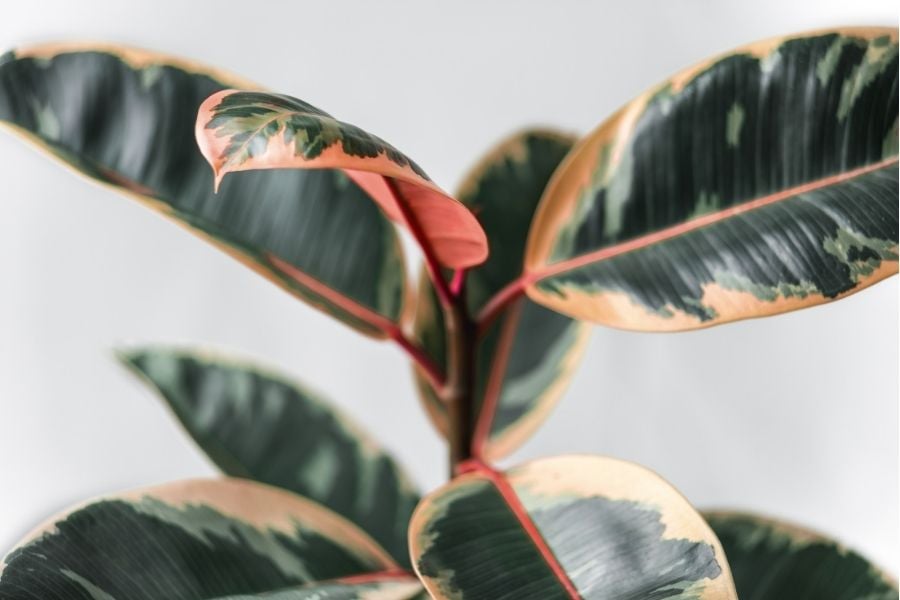
8. Spider Plant
Its name refers to the spider-like plantlets that dangle from the mother plant on a hanging basket, boasting the cascading nature of their foliage. This is one houseplant that will readily forgive you when you forget it for a few days. Just like snake plants, the self-propagating, air-cleaning, petite, and pretty spider plant will thrive in low to bright indirect light, making it a perfect option for first-time plant parents or those without a green thumb. We’ve rounded up the ultimate guide to spider plant care and decor tips if you’re keen to adopt one for your living space.
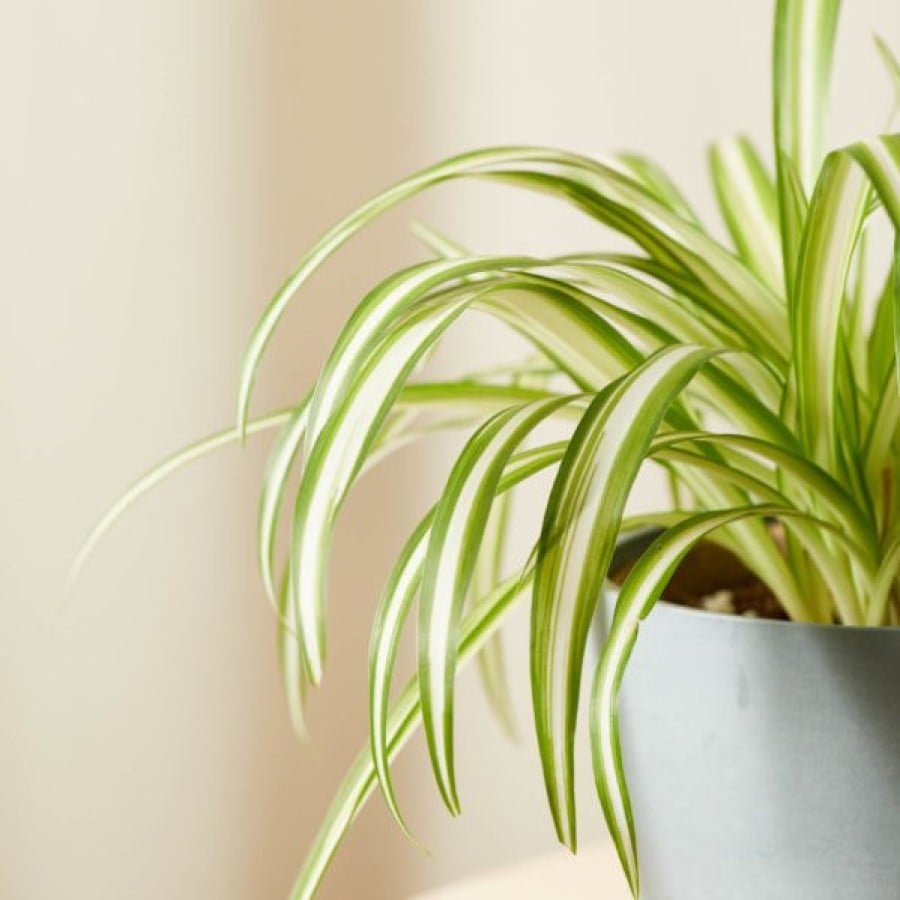
9. Jade Plant
If you’re a sucker for a good succulent then this miniature variegated jade is really floating your boat. Sculptural and sexy, with fleshy, oval-shaped leaves and thick, woody stems that resemble tiny tree trunks, the jade plant is exclusively designed for indoors. Relatively low maintenance, Jade plants love a sunny spot, think windowsills – they’ll tolerate direct light and grow in well-drained soil. Like most succulents, this bad boy will propagate like a boss.
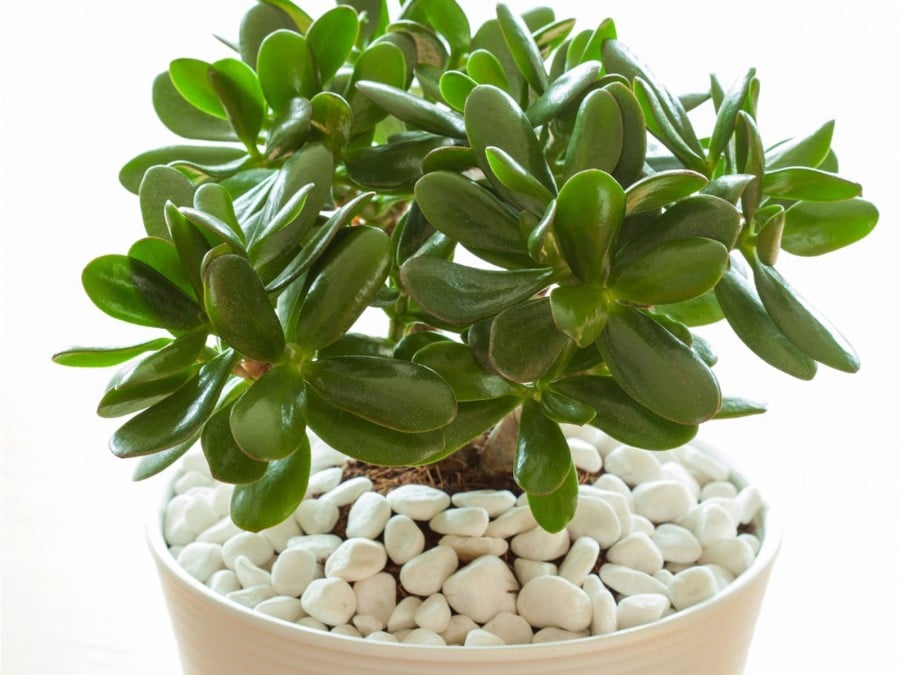
10. Paddle Plant
An unusual looking plant, native to South Africa, this flowering succulent is called “Paddle Plant” or “Flapjack” with flat, broad, spoon-shaped jade green leaves with a tinge of red blushing. An evergreen popular indoor plant that is easy peasy to look after – all it needs is plenty of sunshine and dry soil. Plus low humidity will bring out the best in paddles. Perfect for both indoors and outdoors.
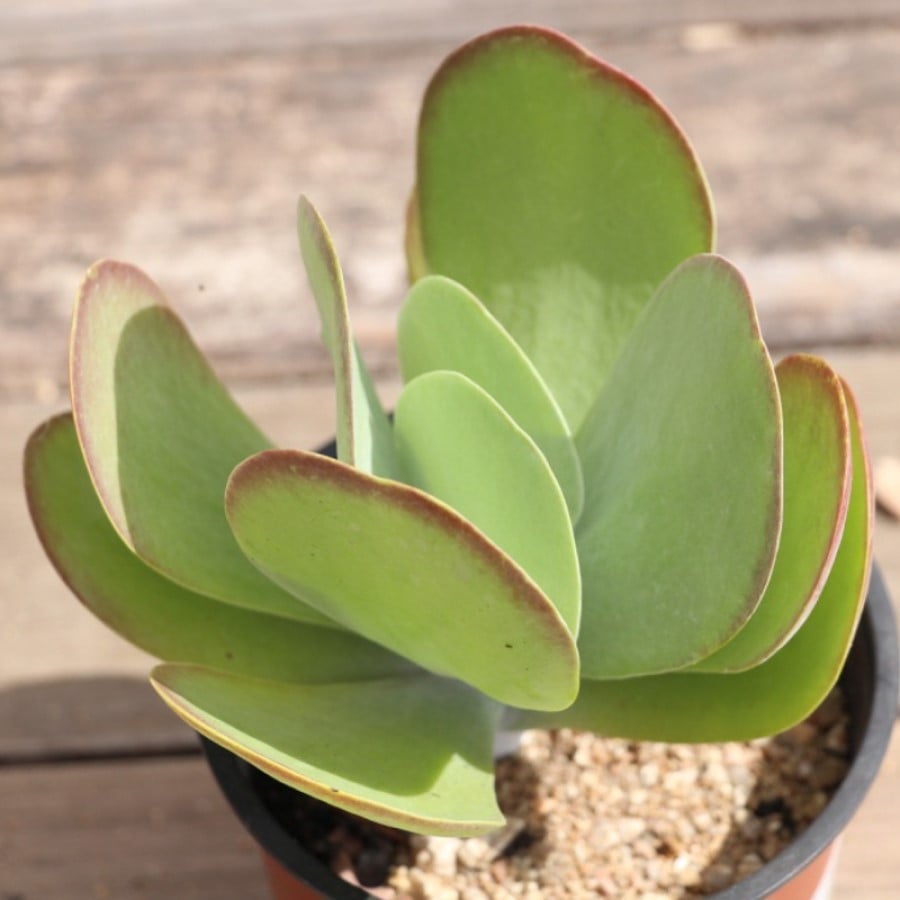
11. String of Pearls Plant
If you’re not hooked on succulents yet, then this guy will definitely reel you in. Sprawling over the edges of containers or hanging baskets, the string of pearls resembles a beaded necklace with fleshy green, pea-like foliage that is made for a hanging or a bowl planter. It requires minimal care and has quick propagation. Trust us, take the bait and you’ll fall for this green guy hook, line and sinker.
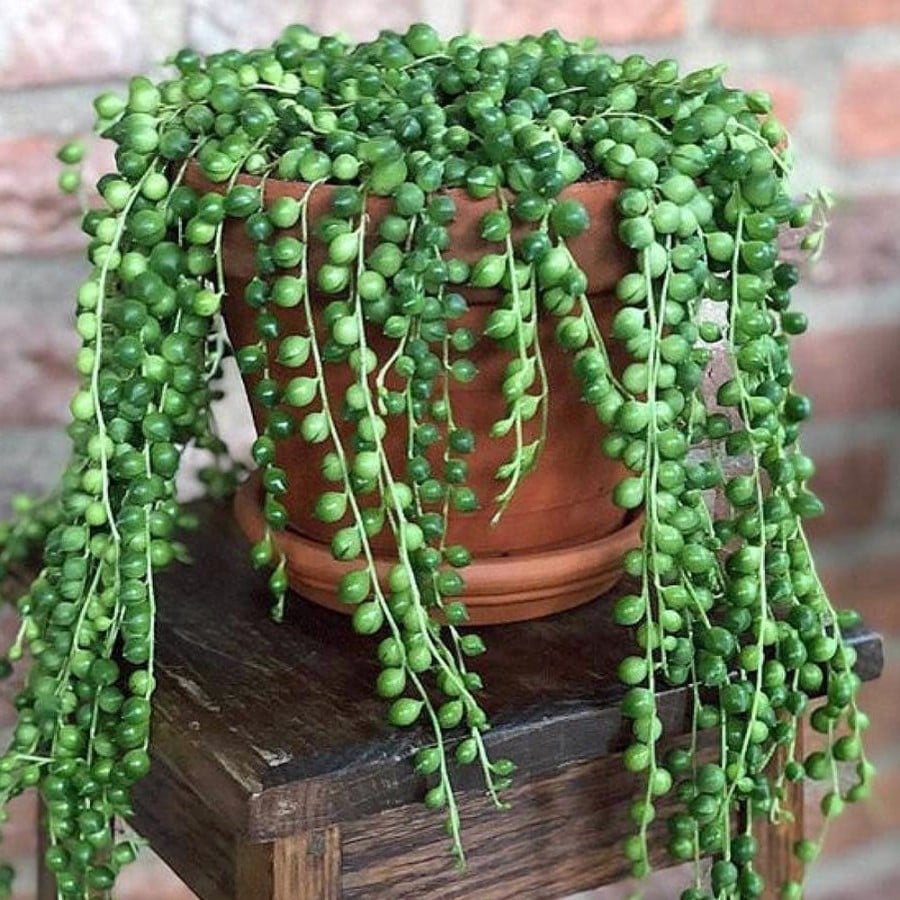
12. Air Plant
Few plants are as forgiving as those air plants, they have no roots and soak up nutrients through their spiky leaves, making them an excellent option for anyone who forgets to water their plants or doesn’t have time to deal with soil issues. Mount them on driftwood, arrange them in a basket, or create a soil-free mini terrarium for these mess-free plants. Air plants grow very slowly and need little more than partial sunlight and a weekly good soak in water to stay hydrated.
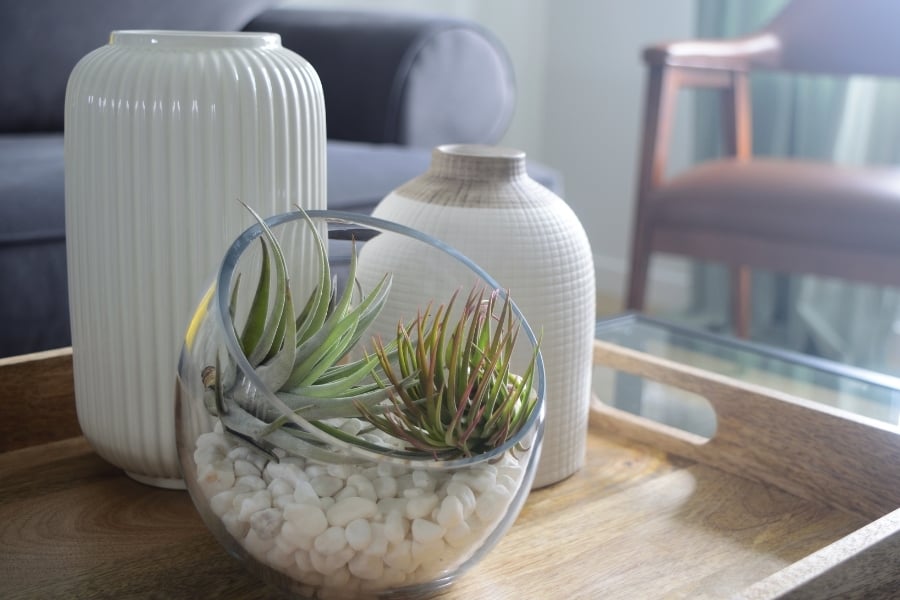
13. Peace Lily
Known as the Closet plant for its ability to grow in low light conditions, these flowering beauties are one of the best indoor plants around – the perfect green gift for any of those black-thumbed pals! The lush veined leaves of peace lily make for a gorgeous piece of foliage and the perfect green addition to any space. If you want to see clusters of blooming marvelousness, make sure to give peace lilies bright and indirect light, they also prefer filtered water with well-drained soil.
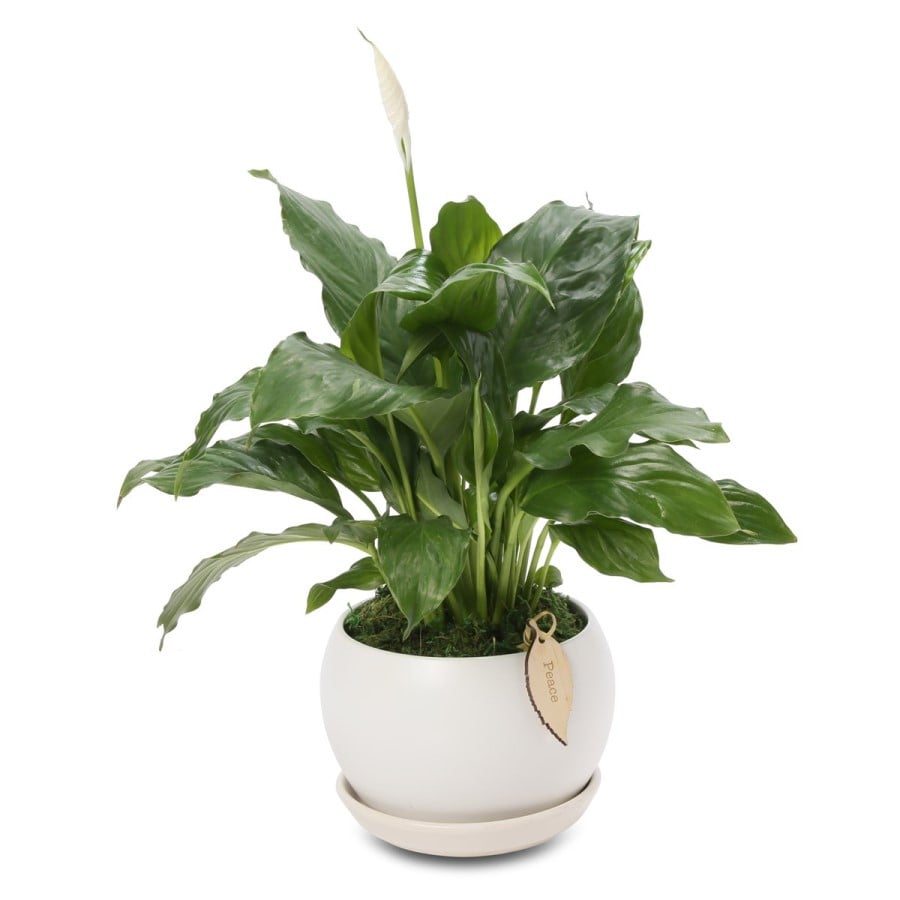
14. Zebra Plant
This zebra houseplant is known for its large, shiny leaves and dark green foliage deeply veined in white or yellow, reminiscent of zebra stripes, hence the common name. Their brightly colored flowers and bracts make for a stunning display. They’re usually pretty small at the time of purchase and many indoor gardeners consider them a short-lived buddy. Zebra thrives on high humidity and it’s best to keep the soil moist.
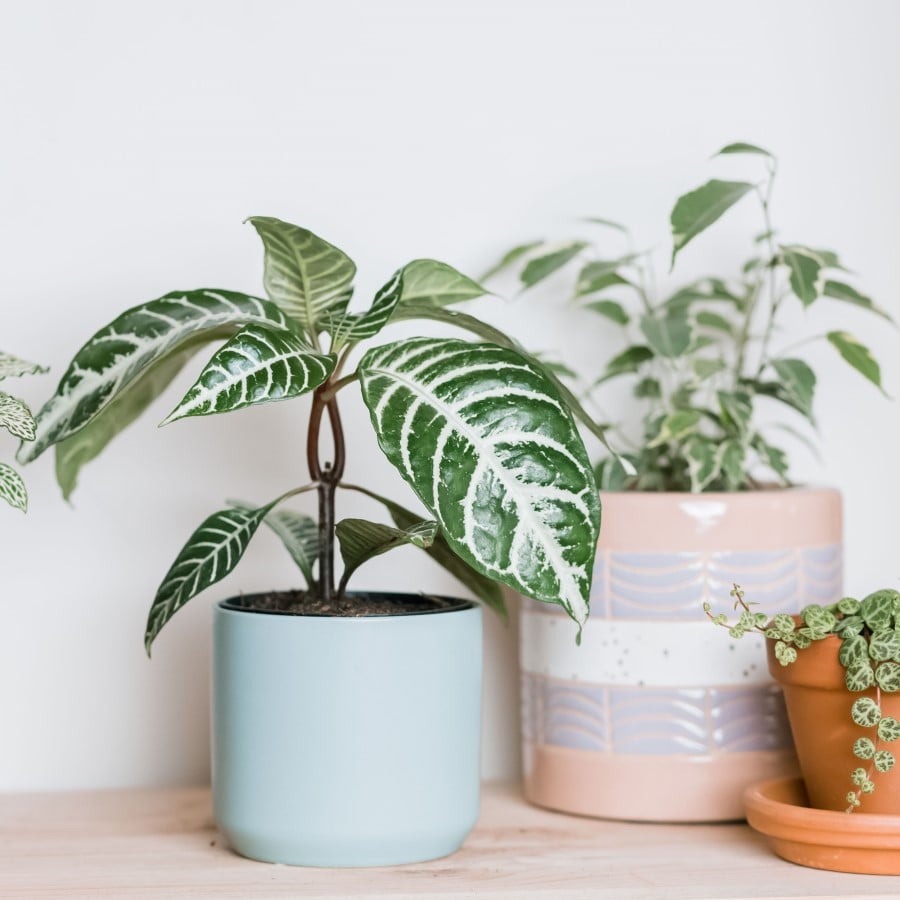
15. Prayer Plant
With its leaves folding in the evening, resembling hands folded in prayer, this indoor gem is one of the most interesting indoor plants that are perfect for window sills, mantles or shelves that need a splash of color. Their unique foliage boasts soft deep green leaves with feathered, painterly-like centers of light green and red veins. The Prayer plant is an easy peasy houseplant – place it in a sunny spot, keep its soil dry, and mist its leaves once a week and it will flourish.
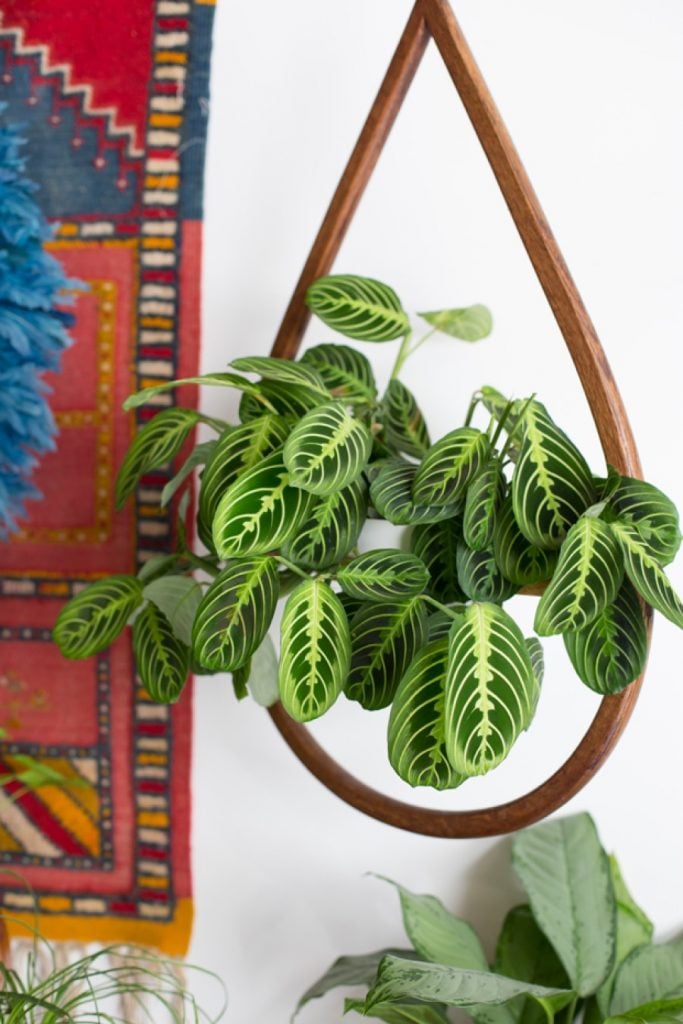
16. Bird’s Nest Fern
These leafy green delights are an epiphytic species (meaning that in their natural environment they attach themselves to other trees for moisture and nutrients). They’re a tropical plant that thrives in high humidity. Bright, indirect light will keep these guys the happiest but they can handle a little bit of winter sun too. Unlike other tropicals, it’s best to avoid misting which can cause fungal infections on the leaves. Instead, place the plant on a water-filled tray of pebbles.
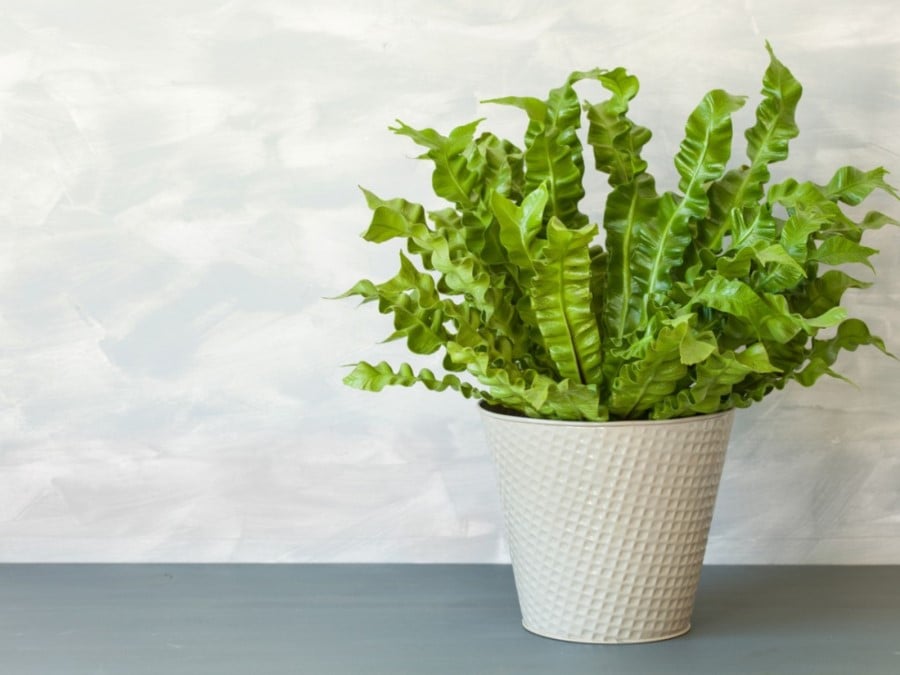
17. White Bird of Paradise
Also knows as the ‘Bird of paradise’, so named because of its gorgeous flowers resembling a tropical bird, they are one of everyone’s favorite small indoor plants. Those gorgeous paddle-shaped leaves are green and glossy and are sure to lush up your life and your space. These guys like it nice and bright and can even handle direct sun. The more light they get the more likely you are to see one of their beautiful blooms (a rarity indoors). They are mildly toxic to cats and dogs (and even humans!) so keep them out of reach of curious pets.
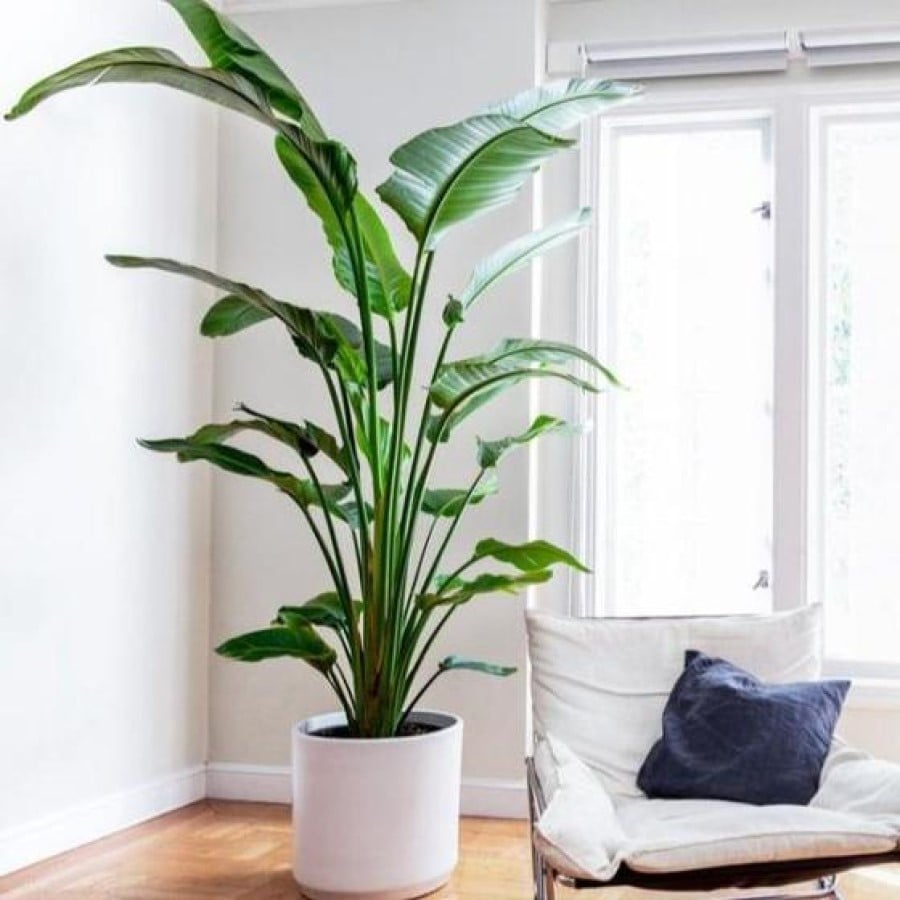
18. Nerve Plant
One of the best house plants, The Nerve plant requires little attention and will be ready to forgive you if you forget its watering routine. Originally from Peru, these beauties get their nickname from their red, white, or pink veins that run through the leaves. In the wild, nerve plants can spread as beautiful ground cover, but indoors, they also make striking houseplants.

19. Buddha Palm
Part of the Elephant Ear family, the Buddha’s palm as it is also known, is one of the hardier of the Alocasias. With lovely slender stems and heart-shaped foliage, they are commonly known as Buddha’s palms, because in a breeze their leaves are believed to look like Buddha’s hands waving good luck to passers-by. Water regularly and ensure their soil is dry between sessions. They like things moist and will not tolerate drought conditions.
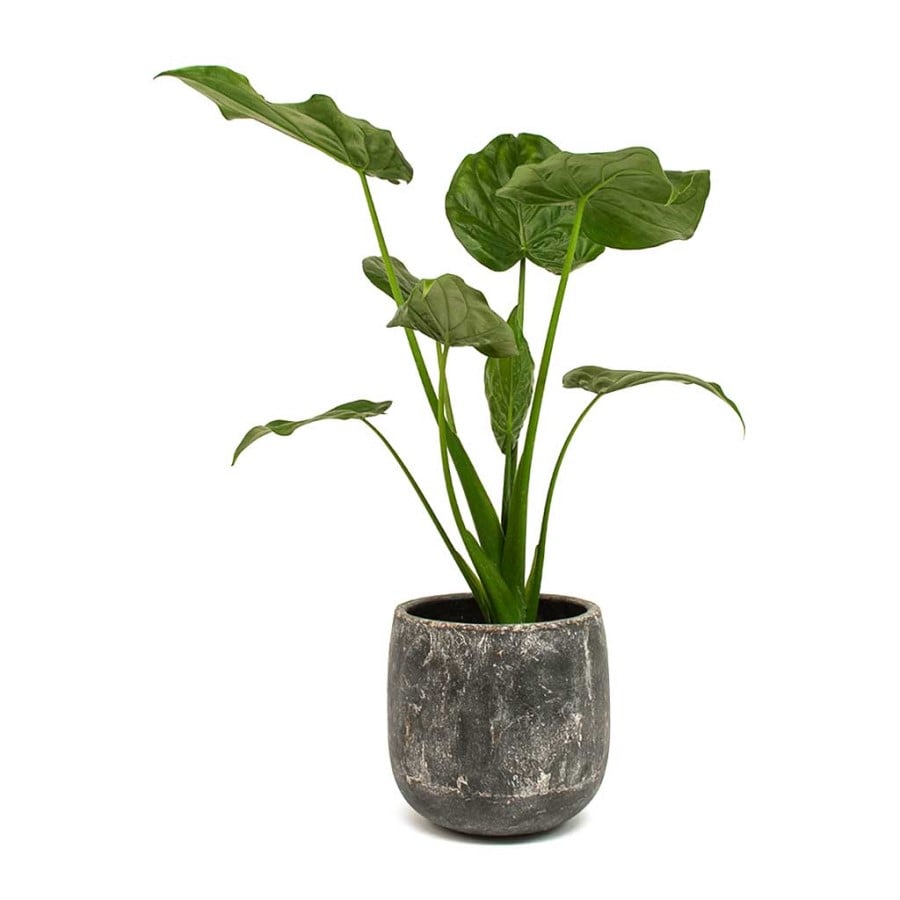
20. Boston Fern
Sporting one heck of a ‘do – think Sideshow Bob on steroids – the Boston fern makes a wild but beautiful addition to your indoor garden. This guy appreciates things super steamy. Check-in regularly to keep the soil moist and the humidity high by misting. Better yet, the bathroom makes a perfect home for this guy. This houseplant will happily tolerate low light conditions but will thrive in bright, indirect sunlight. Unlike many indoor plants, the Boston fern is non-toxic to furry friends, making it well-loved by every plant parent.

21. Fiddle Leaf Fig
The supermodel of the indoor plant world, the pretty Fiddle’s popularity goes from strength to strength. Her voluptuous fiddle-shaped leaves look glorious in just about any space. They have high light requirements, enjoying natural light, but avoid direct sunlight at all costs. Give her a good soaking roughly once a week until you see water trickle out the drainage holes, and ensure the top few centimetres of soil has dried out before watering again.
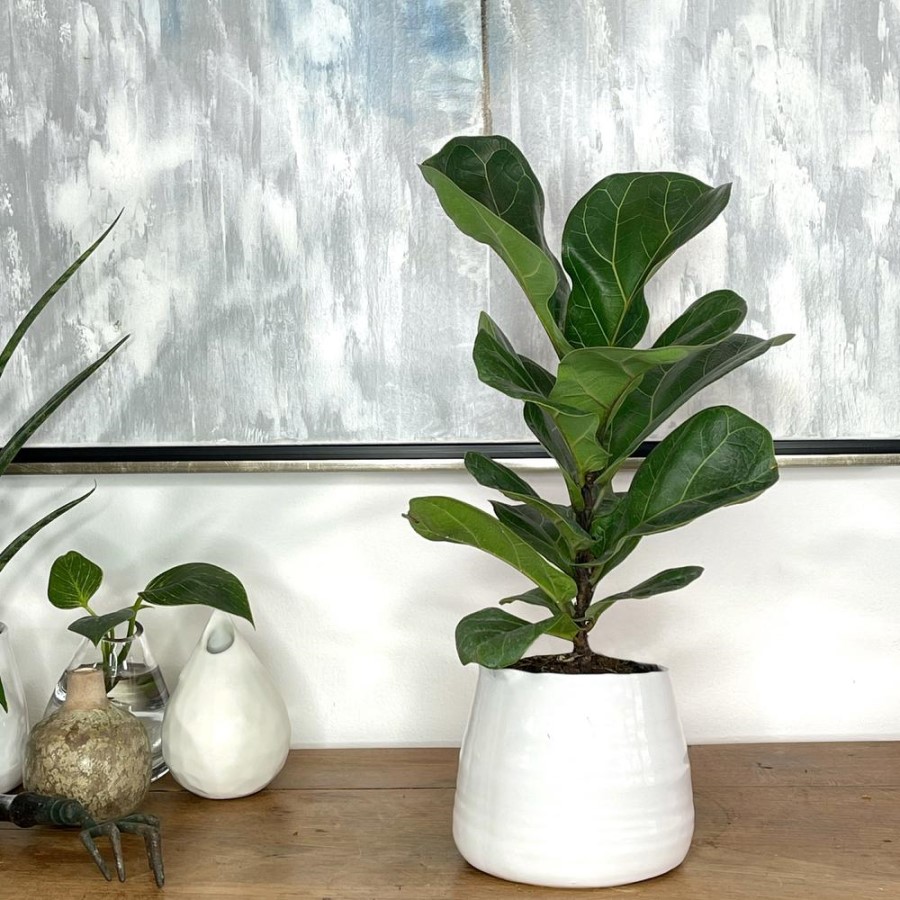
22. Cast Iron Plant
One of the hardy plants that truly lives up to its name. The cast-iron plant can take on tons of neglect, low light and grow in the dark, which would likely kill many other plants. They have broad strappy leaves on long stalks and grow in clumps, making them great plants for layering amongst other plants. Cast-iron plants are nothing but low maintenance so, a fairly hands-off approach is typically best.
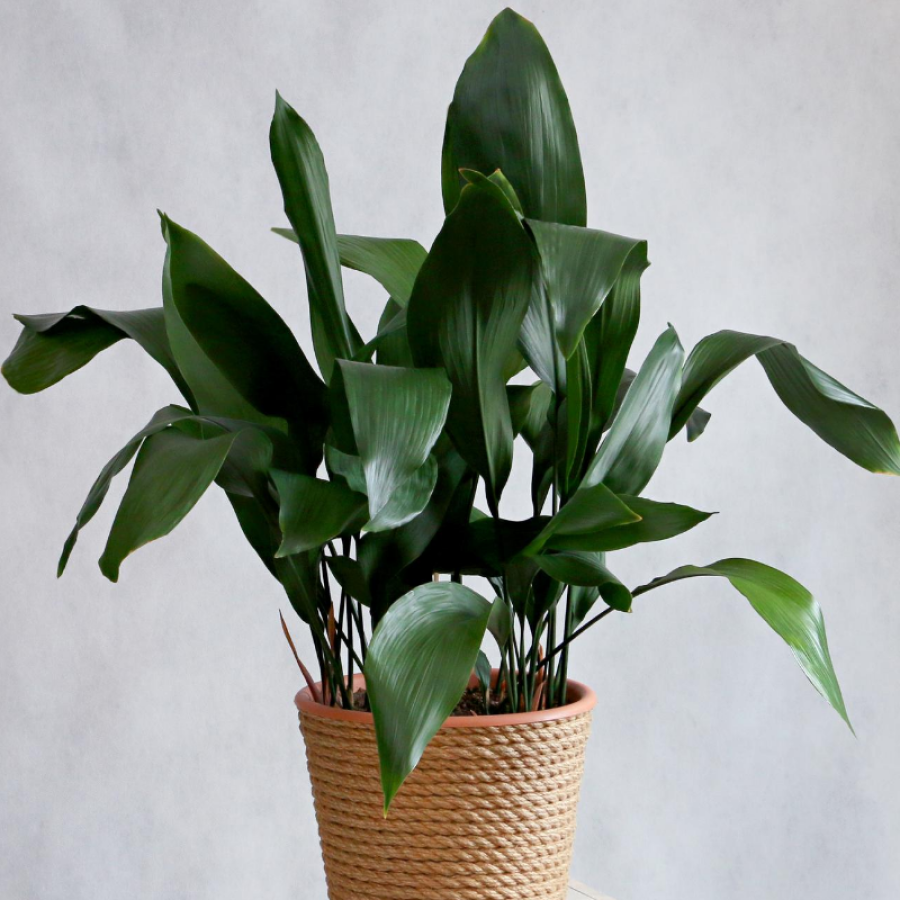
23. Creeping Fig
Part of the Mulberry family this cute creeper is native to East Asia. Most commonly spotted climbing up the outside walls of old mansions, they also do extremely well inside when allowed to trail downwards from a hanging pot or shelf. The beautiful variegation on the foliage will add pizazz and a little something special to your plant collection.
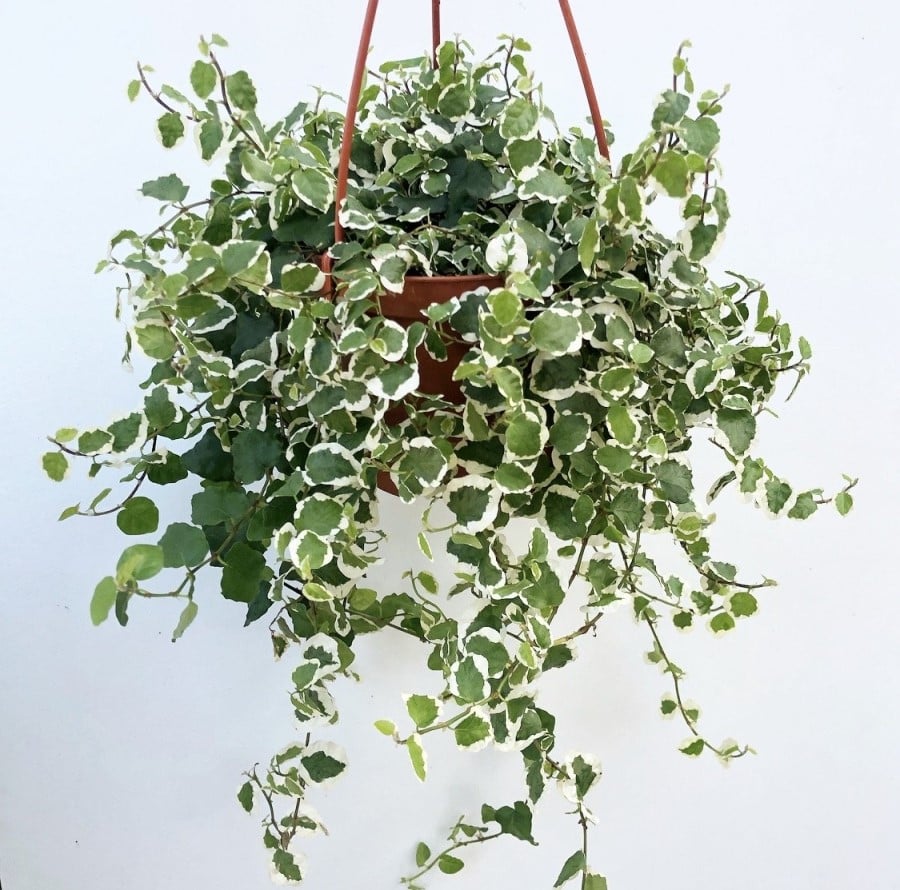
24. Alocasia Black Velvet
One of the sweeter, smaller Alocasias going around, this little black beauty has velutinous leaves lined with silvery veins. One of only a few plants sporting near-black colouring, its dark and moody foliage brings sophistication to a plant gang. Although slightly more difficult to care for than some small indoor plants, treat this special beauty right and she will reward you with gorgeous foliage year after year.
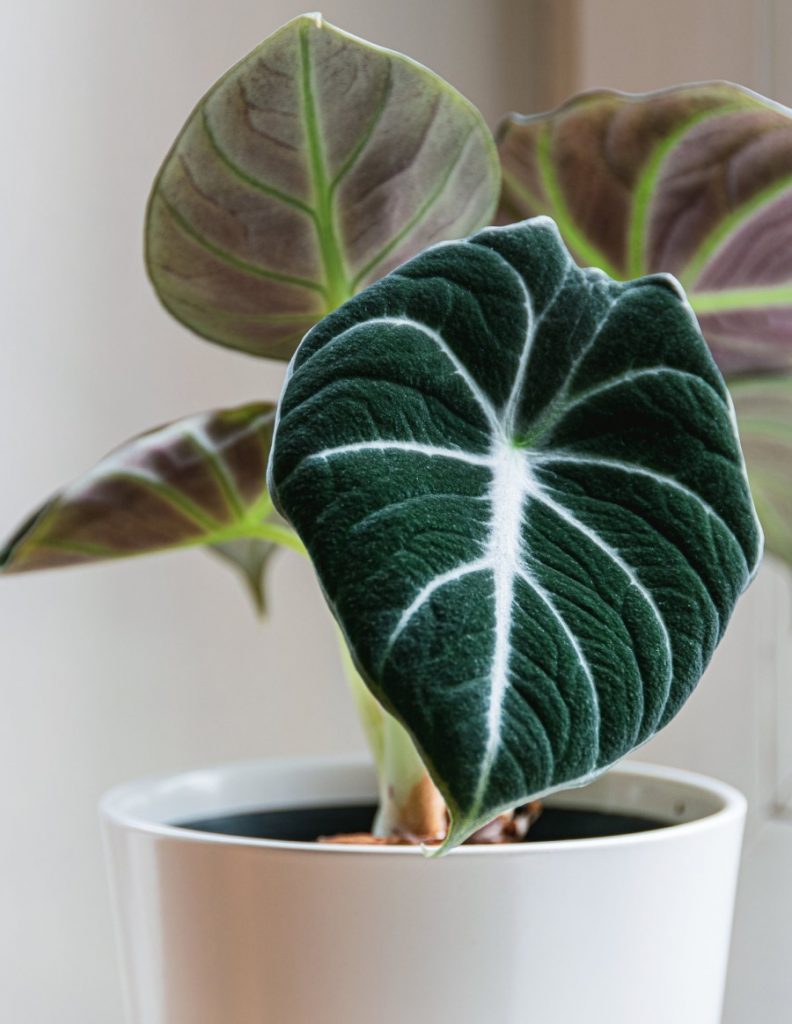
25. Vegetables
The above plants are all great in that they’re both beautiful and easy to look after, but they come with one significant disadvantage: you can’t eat them! How about growing some edible crops too, then? Growing vegetables in pots is an outstanding way to feed yourself and your family with organic food – and save a lot of money in the process – but not all vegetables are grown equal! Here’s our top ten of container-friendly veggies.
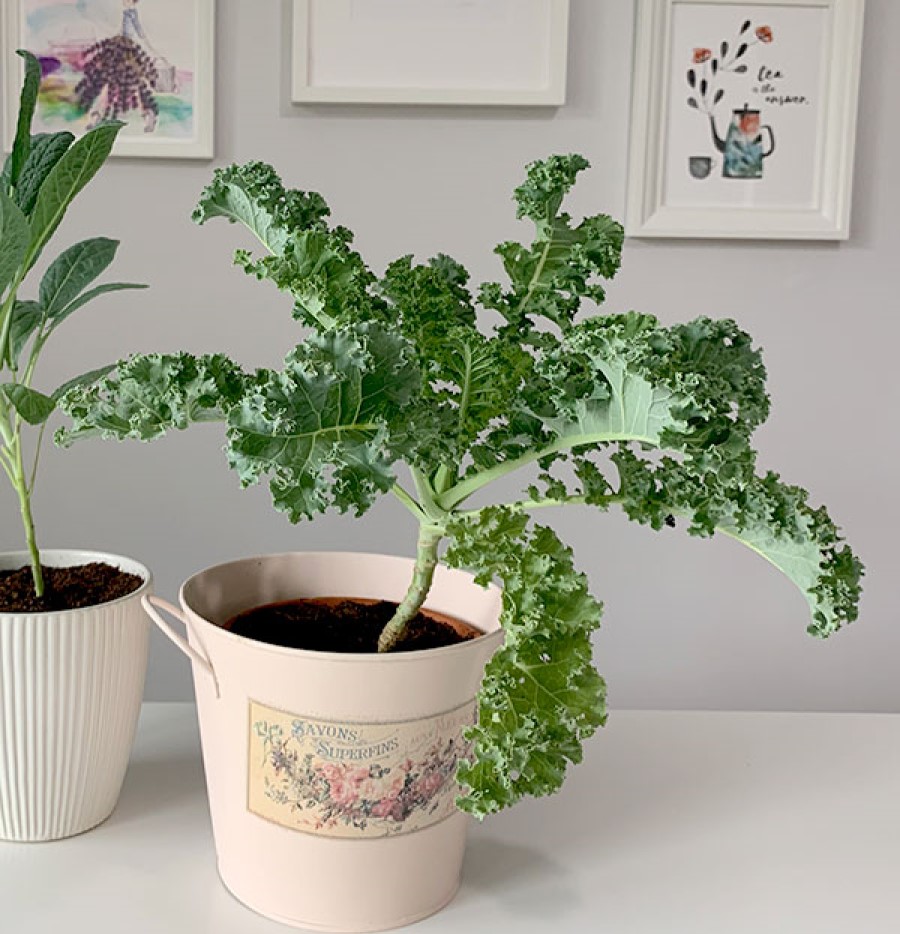
How do I keep indoor plants small?
Indoor plants provide living color to a home, but some varieties may outgrow the limited space quickly. Careful pruning helps to maintain the size of the plants to fit your small space by either stopping or slowing their upward growth.
An annually pruned houseplant also may produce more foliage and/or flower buds, which helps it become even more attractive. Pruning can be done on roots, stems, and leaves, depending on what you want to achieve.
Do you need to prune but you’re not sure how? Here is our detailed guide to simple pruning methods.
Can indoor plants survive in tiny pots?
Creating a thriving green interior or container display does not have to be a hit and miss affair. Following a few simple planting techniques will ensure your small plant have the right environment from the outset to reward you with lush, relaxing greenscapes set in beautiful decorative pots and planters.
Watering and drainage is the key
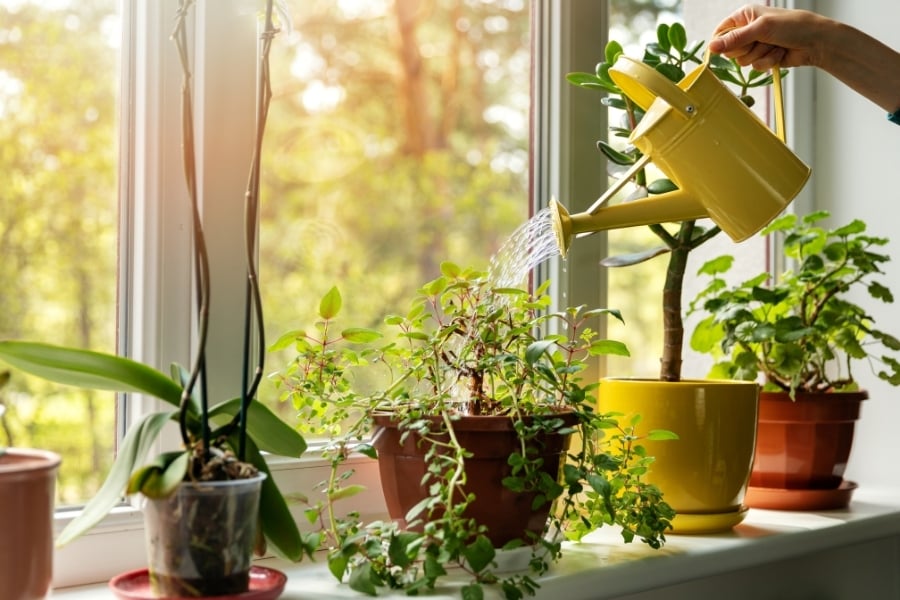
Getting the watering and drainage right is the key to thriving plants. Overwatering is the most common maintenance mistake and probably the easiest way to kill a small plant. The roots sit in excess water and gradually rot, taking away the plants ability to absorb nutrients and moisture.
The risks of overwatering can be reduced with good drainage. Make sure your pots or planters are filled with drainage holes in the bottom that helps catch the excess water as it drains through the soil.
If your planter is inside and away from the rain and humidity of the great outdoors, it is less important to have drainage holes because you are able to control the watering schedule. Plus, having drainage holes for your indoor plants means water leaks all over the floor, unless you use a cache pot.
Check out our guide for a full 4 step process to getting the right drainage for your pot.
Most houseplants require a bright spot
As good as low light house plants may sound, most of them require a bright indirect light corner with no direct sunlight so no matter where you place them, in the living or bedroom, make sure your plants get enough light to thrive indoors.
Look out for signs of trouble
Root rot
If the soil is soft and mushy and the roots at the base are climbing out of the pot, you are overwatering or there’s not enough drainage.
Leaves turning brown and yellow
It is clear that your plant foliage is being scorched from the sunlight, so it’s time to move the location to warm and indirect sunlight.
Loss of leaves
Leaves dropping can be for many reasons, but indoors, the most common is not enough light. So move them to a medium-light spot with not too much direct sunlight.
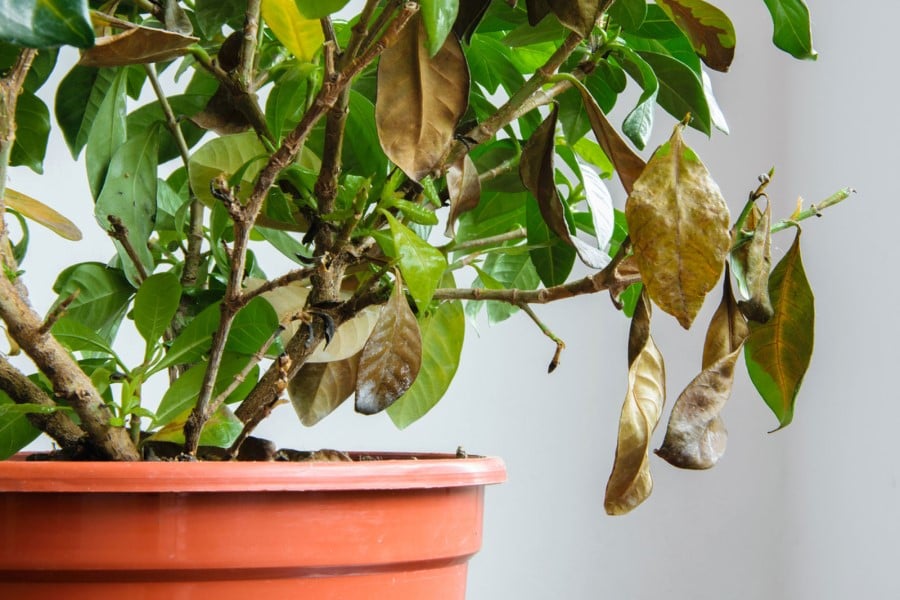
Wrinkled or scorched leaves
It’s a sign of under-watering, so time to give your majesty a good bath.
Spotted leaves
Spotted leaves indicate a fungal pathogen, a very tricky issue. We recommend seeking an expert. Contact a local plant nursery since it is hard to tell which type of fungus your plant has.
Leaves turning black
A lot of people may think because of low humidity. But sometimes it’s a sign your leaves are eaten away by fungus.
Pick the right planters
Modern decorative pots and planters come in all types of materials from ceramic, natural, composite and metal.
The best planter material? Fiberglass.
More importantly, you need to fall in love with your planter. It will be with you and your indoor plants for a long time! If you are looking to create that wow factor in your setting, learn a couple of interior decorating tricks!
And if you’re after a nicely designed planter, head straight to our store for all the best planters on the market.
